Create an Irresistible, No-brainer Offer

In this chapter we'll take all that we know about our audience, the signals that they've shown us in what jobs they want to hire us for, and then craft an offer.
Not just any offer, no.
An irresistible, no-brainer offer.
One where people respond with "take my money!"

When you build your audience, you observe what people resonate with content wise. You pay attention to the requests people make of you, the things people want to hire you for.
As I was writing this book I had inquiries for guest posts - people who wanted my writing. Invitations to come on podcasts - they wanted my voice and my stories. Requests for coaching - they wanted my strategy.
Once you have the signals, then you craft an offer that makes it easy for them to say, "Yes!" while also being something that you would enjoy doing and getting paid for.
The Qualities of a No-Brainer Offer
The easiest way that I've found to craft a no-brainer offer is to think in terms of investment and return.
Subscribing to a blog with your email is a very low investment, with potential high returns. That's why you can craft email signup pages that can get 10, 20, even 30% or higher signup rates.
Meaning for every 10 people that visit the page, 3 or more subscribe.

Once you start charging money, the investment increases, and so the return has to be much more tangible to the person purchasing your product or service.
Think of the last time you purchased a book. Did you have the thought of how much the ideas in that book might be worth to you?
If you did, and that value was more than the cost of the book, you made the purchase.
Not all of us recognize that we make these emotional and logical decisions around purchasing, but it's what happens to everyone when they're faced with a decision to buy something.
Emotionally, the product or service will either remove something painful from our lives, or add something pleasurable.
Why do people buy expensive cars? They're terrible investments - the upkeep, the gas, the insurance, the monthly payments, the fact that it's a depreciating asset... the list goes on.
But, yet, Tesla has been the fastest growing car manufacturer over the last decade. Up until recently the cheapest car they sold was $65,000.
So, what gives?
People buy with emotion and justify with logic.
For whatever reason someone wants to drive a Tesla, so they buy the car. Then the logic side of the brain kicks in - the gas savings, it's better for the planet, the founder is inspiring, it has the fastest 0-60 time of any car...and on we go.
The same happens when someone is presented with an offer for your product or service.
They will make the first yes/no decision emotionally, and then justify it with logic.
For example, buying a $2,000 course.
What makes that course a "steal of a deal" or "way overpriced"?
The emotional context that someone has when they see the price tag.
Depending on their beliefs and their emotions, they'll make a fairly quick decision.
If, emotionally, they feel like $2,000 is a steal, they'll then start justifying that in their mind to make the purchase final.
- This investment will return 10x when I implement everything in the course
- I get access to the course creator which is itself worth the price of admission
- Everyone else who has taken this course has grown their business
- etc.
If, emotionally, they feel like it's overpriced, the logic kicks in to prevent them from buying it:
- I could learn all this stuff for free on YouTube
- My buddy has the course I'll just ask to pay him a little bit for access (don't do this...)
- What I'm doing is working just fine, I don't need to spend that kind of money
- In order to make that price worth it I'd have to sell X number of Y...
- This is just a scam for the course creator to get rich selling info, they don't actually know what they're talking about.
I've done both of these things just in the last month when it comes to buying courses, or crypto, or a new shirt, or food, or tickets to a show.
Our initial yes/no decision is an emotional one, and then we justify it with logic.
So, in order to create an irresistible, no-brainer offer, you first need to win over the emotional side of someone's brain, then appeal to their logic.
Emotional Selling
The first thing you need to do in your sales pitch or landing page is help someone have an emotional reaction.
Help them see how their life would be better if they had this thing you're selling.
Whether you're selling art, or music, or coaching, or an NFT, people need to feel how their life would be different, better, than it is now.
That feeling creates tension which wants to be resolved or relieved, and the only way they can relieve that tension is to buy your thing.
The rest of the offer pitch can appeal to their logic. It's only for people who have already decided to buy, because the people who started with an emotional "no" have either already left the page or checked out of the sales pitch.
This isn't about convincing people why they should buy, it's about reinforcing, logically, the decision they've already made to buy what you're selling.
You can add more value by adding more and more and more for the same price.
You've seen this before - "but wait, there's more", or "oh, and one more thing", or "buy one get one free".
You expected to get X, but now you're getting X+Y! For the same price!
Selling isn't just what happens on the page
To tie all this back into our marketing efforts that led people here, one of the most important things that will create the irresistible, no-brainer type offers for your business is the context people come with to your offer.
Meaning, what do they already know, think, believe, or feel before they've been presented with an offer?
If someone has been reading your tweets, your email newsletter, and listened to your podcast for free for months, or even years, think of how much good will you've built up with that person!
If the things you've taught them for free have had an impact on their life, imagine how they might think about your book, or your course, or your coaching?
If they enjoyed your music for "free" on Spotify and finally get the chance to come see you live in concert, imagine how much more fun they'll have singing along to their favorite songs of yours, compared to somone who's never heard you before.
Which one is more likely to hit the merch table after the show?
The context matters, and shouldn't be ignored when it comes to crafting these offers.
Putting it all together
So, you know what people want to hire you for, you know what outcomes they want that they'll emotionally resonate with, and you've supported that decision with logic.
How much do you charge?
This part is as important as any other step. And there's no clear-cut, one-size-fits-all answer.
It depends.
You can test it - try it at a price you think people will pay, then double it, then cut it in half, see which one feels right.
Are you optimizing for more revenue, or more sales?
If you're a photographer, you'll certainly book more wedding gigs at $500 a pop compared to $5,000, but to make six figures a year you'd only need 20 at $5k, while you'd need 200 at $500.
I don't know any photographer who does 200 weddings a year. Even 20 is a lot of work.
So how do you create an irresistible, no-brainer offer around your wedding photography packages?
- Context - what do people think, feel, believe about you before they decide to hire you or check out your pricing page? That comes from your social media and your marketing.
- Value - how much are they getting compared to how much it costs?
- Logic - how can you support their decision to drop $5k for wedding photography with you?
One thing you can implement at the pricing stage is scarcity - taking control of the economics of the thing you're selling.
If there are infinite amounts of the thing you sell, then the economics aren't in your favor. There's infinite supply, so demand will never be able to catch up.
On the other hand, if you explicitly tell people that you only have 20 wedding slots for the year, and it's first come first serve, then you've limited the supply.
As long as you have more than 20 people who want to hire you, your price can go up.
It may not jump from $500 to $5,000 overnight, but you could increase your price every time you've sold 3 packages at the current price.
So sell 3 at $500, then 3 at $1,000, then 3 at $1,500 and so on until you've hit $5k or even more!
Controlling the amount of supply puts you in control.
So you can tell your potential customers that you only have 3 coaching clients at a time, or can only take on two projects a month, or only do one speaking arrangement per month.
That adds to the emotional decision making process by creating the tension in the customer of "if I don't get this now I may not get it at all."
It's not manipulative, it's just reality. You only have so much time, and so you only want to work with people who are ready to buy from you right now. It's better for both of you in the long run.
Put this to the test - think about something you currently sell or want to sell, and test it out. Put up a landing page, or send an email to a potential client, and implement everything covered in this chapter. Make sure you have the proper context before you present the offer. Then craft the offer in a way that makes it a no-brainer for them to say, "Yes!"
This method of selling respects the buyer by helping them make a quick decision one way or the other. If it's a yes, they feel good both logically and emotionally and they'll thank you for selling to them in that way. If it's a no, it's quick and easy, but they'll remember that respect in the future when their decision goes from a no, to a not yet, to a yes.
NEXT CHAPTER >

< PREVIOUS CHAPTER
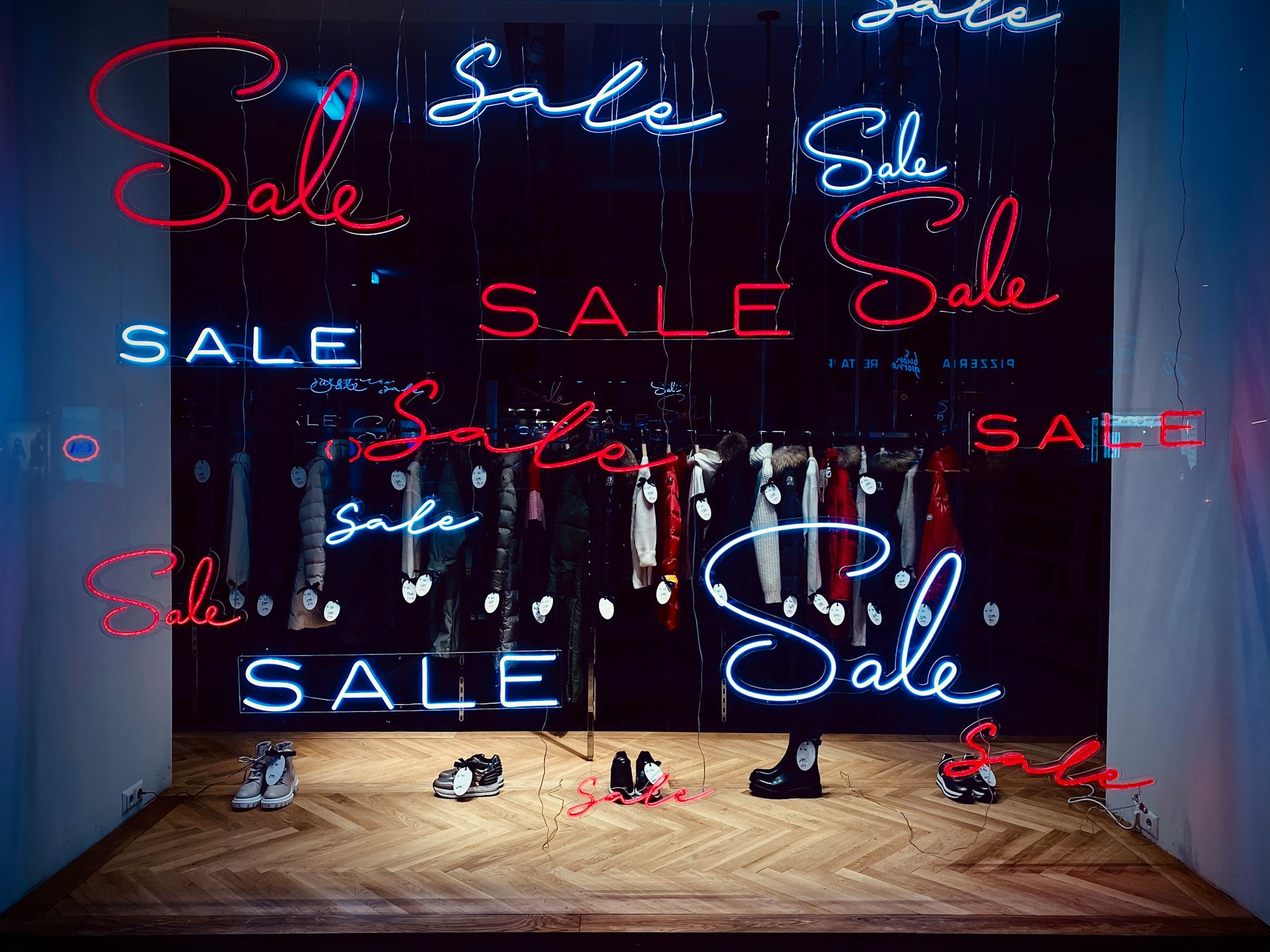


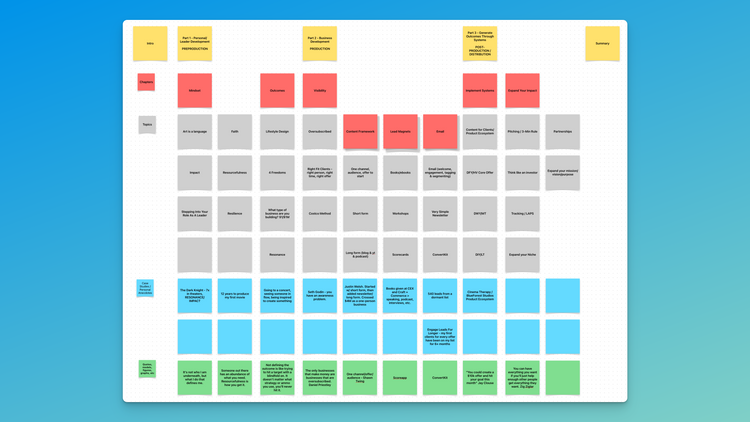
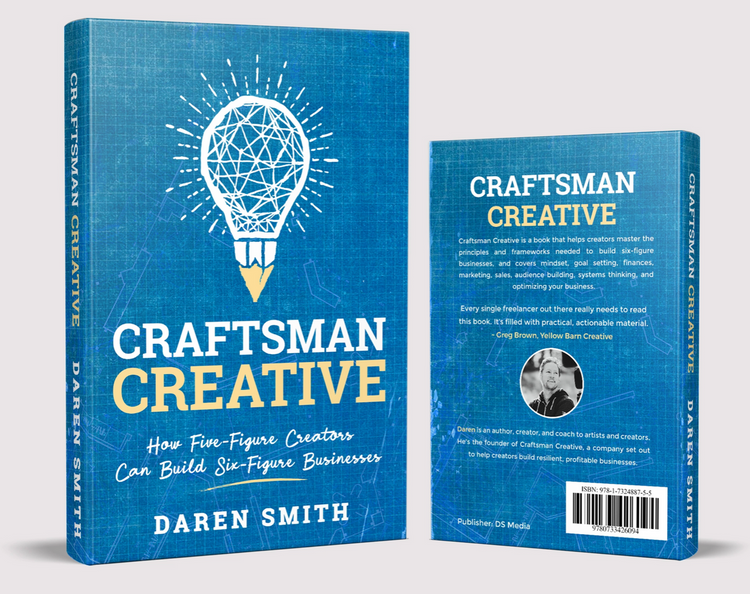
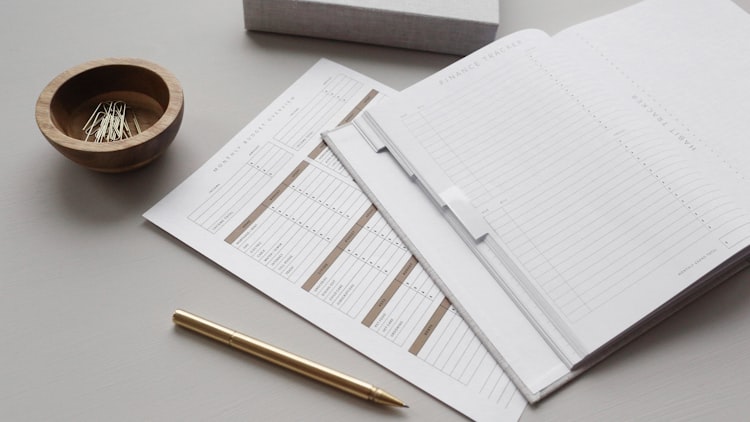
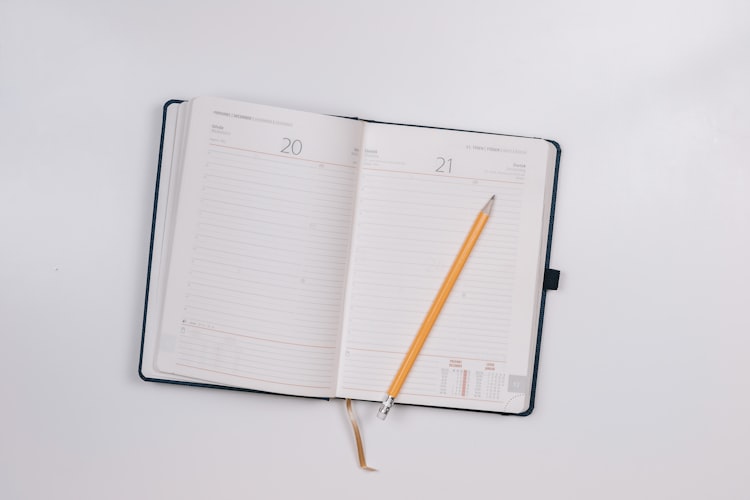
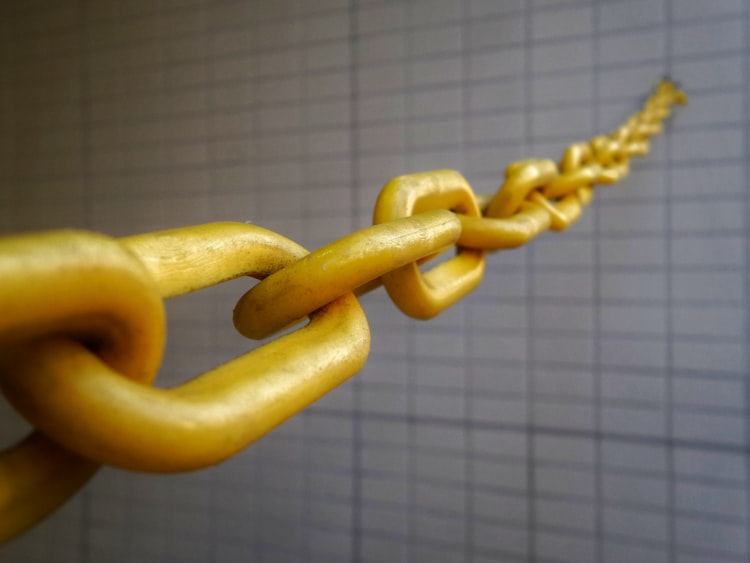
Member discussion